The common sense of fine coffee about the bean grinder
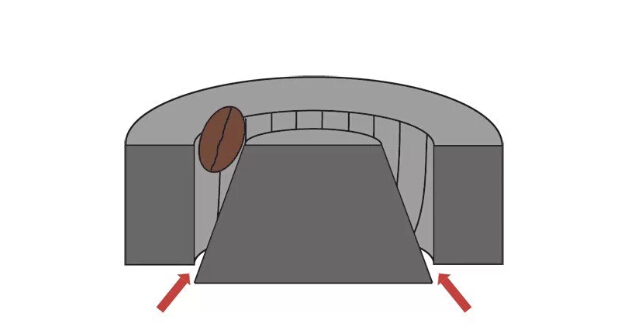
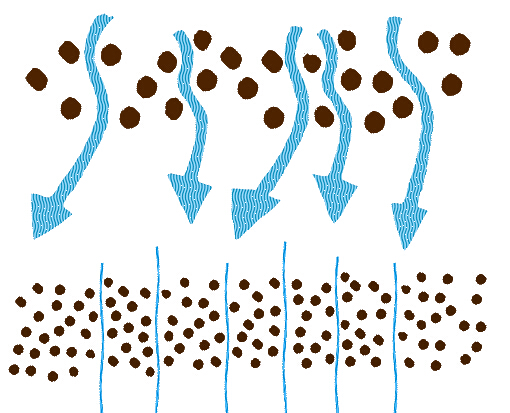
The working principle of the bean grinder is simply that the blade is driven by a motor and the coffee bean is crushed by the blade. The gap between the blades is related to the size of the particle size. As the front equipment of coffee extraction, there is almost no difficulty at the operational level.
As the leaders in the boutique coffee field paid more and more attention to the extraction details, the discussion about grinding was ignited when matt perger took ek43 to the wbc finals. Words such as' blade', 'particle size' and 'quantitative' frequently appear in the line of sight of the new generation barista. I tried to sort out this information simply in order to sum up some ideas that are helpful to the extraction.

1. 'flat knife' and 'conical knife'
If you take the blade as the starting point, the mainstream bean grinders on the market are roughly divided into 'flat knife' and 'conical knife'.
At the same speed, the number of teeth of the flat cutter determines the grinding efficiency. The larger the diameter, the more cutter teeth and the more efficient. Because the blade is longer, the tapered knife produces more impedance than the flat knife and requires a motor with greater torque to drive it. The actual grinding efficiency depends on the ratio of rotational speed to blade size (almost all hand grinding is a cone knife, a typical high torque, low speed design demand. The grinding speed depends on the hand.
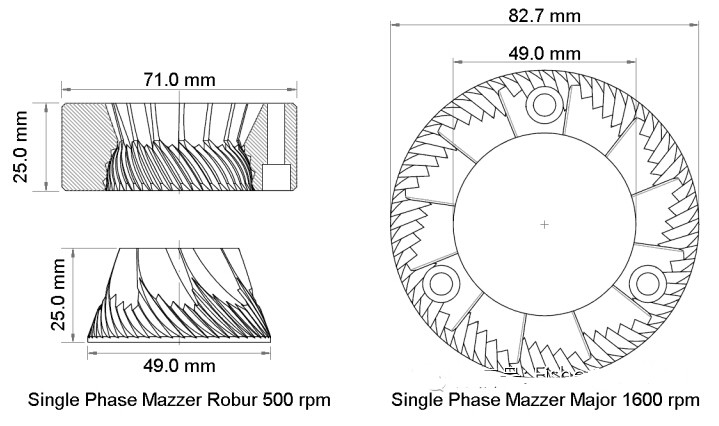
Combined with life, it will probably be such a scene: today, the chef of the XOXO store wants to make 10 jin of spaghetti beef stuffing, as long as there are enough hands, the more knives, the faster the completion; if you want to finish faster, you need to change bigger knives, and your arms need to be stronger.
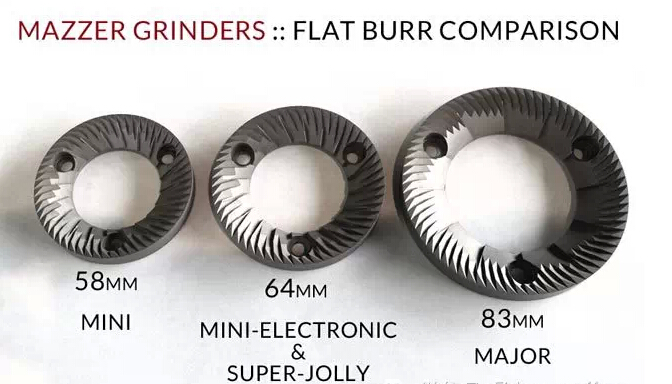
Going back to the actual product and making a simple conclusion, what do we get from the high-priced grinder?-better motor and larger size blade. These hardware must be related to grinding efficiency, but the impact on grinding quality is not so clear.
2. Evenness
For a long time, the grinding uniformity has been regarded as the selling point of the bean grinder in the publicity materials of individual manufacturers. But think about it, in a st. According to the data released jointly by ali and mahlkonig, no device or blade form, including the ek43, can achieve absolutely uniform grinding.
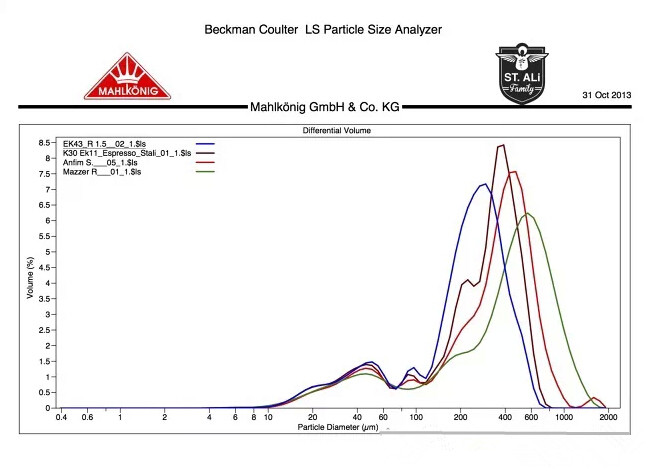
From another point of view, if it is necessary to get relatively uniform particles, sifting the ground coffee is also an economical and practical way. In addition, the speed of the motor will become unstable due to the interference of current and many other external factors. It doesn't seem so reliable to rely entirely on a bean grinder to control the particle size. Of course, it is mainly not economical enough!
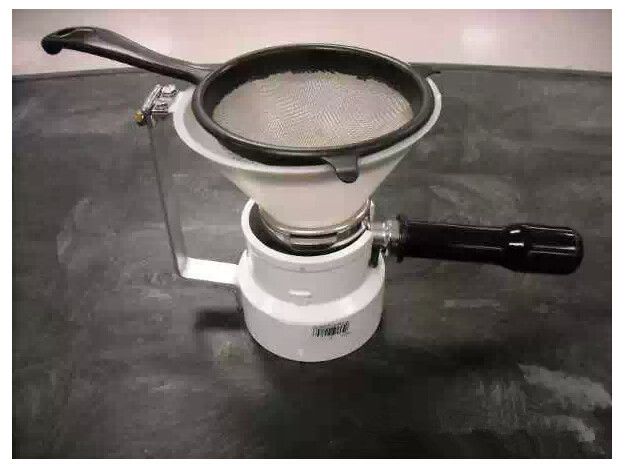
But (please pay attention to this very important "but") continue to look at the essence through the phenomenon, does the grinding really have to be absolutely uniform? What conclusion will be drawn about the effect of grinding uniformity on espresso extraction? Let's try to find out the answer in the next 'uniform extraction'.
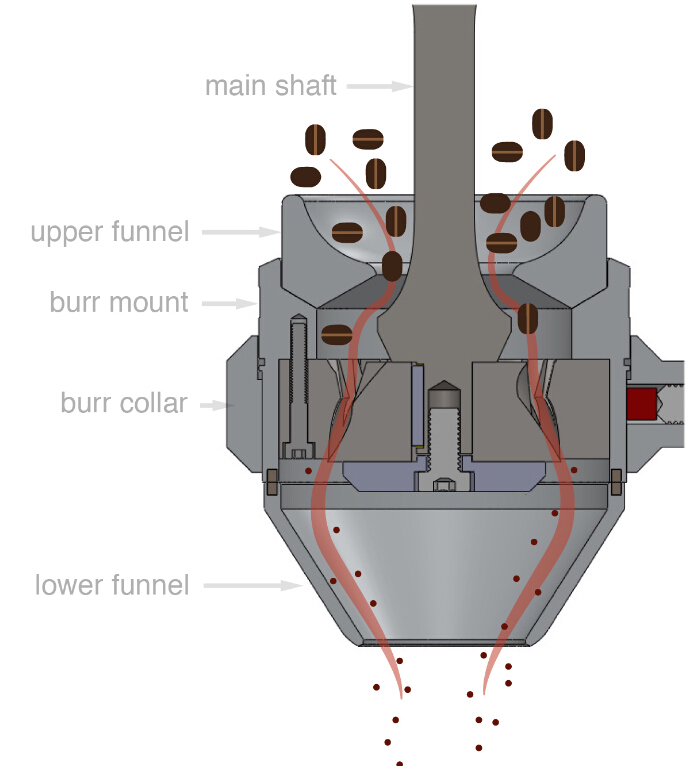
3. Automatic quantification
Knowledge-based barista who understand the relationship between the variables of espresso extraction must strictly control the amount of powder extracted each time, because the deviation of powder quantity will lead to the change of ebf. In the end, the extraction result is uncontrollable. Under this premise, the quantitative function without exception has become the standard configuration of all brands of high-end bean grinders. With a bean grinder with absolute precision, we can turn at least one of several variables into a fixed number, which would be such a pleasant thing in a possible extraction process.
Is it possible to buy such equipment?-- I'm afraid not.
At present, the quantitative system uses time as the counting unit to convert weight. Therefore, even the legendary most accurate mythos one also has some errors. After all, variables are still variables. Powder quantity control, but also rely on the table to calibrate. When the quantitative function is not so reliable, is there any reason for us to buy a quantitative mill? I think whether the design of the pulverizing channel is reasonable, the loose degree of pulverizing, electrostatic treatment and other functions, will be the buyer's secondary demand.
With the progress of science and technology, high-end equipment emerges one after another, and various parameters and functions are constantly upgraded. As a new generation of coffee people operating these devices, we still have to combine knowledge and experience to judge the impact of these parameters and functions on the final extraction results. In the forum era many years ago, there was a popular saying on the Internet, 'when you're crazy about making a cup of coffee, it's people, not equipment!'
Important Notice :
前街咖啡 FrontStreet Coffee has moved to new addredd:
FrontStreet Coffee Address: 315,Donghua East Road,GuangZhou
Tel:020 38364473
- Prev

Benz Merita, inventor of follicular brewing coffee
When it comes to the popular way of brewing coffee in the world, we should thank Bentz Melitta, a German housewife. She invented the coffee bubble method more than 100 years ago, rewriting the history of coffee drinking in Germany and the world. Born in Dresden in 1873, Bentzmerita is a housewife who likes Schlchen Heeen.
- Next

The knowledge of fine coffee clarifies the advantages of drinking coffee from a medical point of view.
There are about 1 billion people around the world who start their day by having a cup of coffee first thing in the morning. Among these 1 billion people, the proportion of Chinese is increasing year by year. A survey shows that 70% of Chinese people drink coffee, and 30% of them have formed the habit of drinking coffee every day. However, when we were nurtured in the fragrant and pleasant tea culture, we always felt bitter and astringent.
Related
- Beginners will see the "Coffee pull flower" guide!
- What is the difference between ice blog purified milk and ordinary milk coffee?
- Why is the Philippines the largest producer of crops in Liberia?
- For coffee extraction, should the fine powder be retained?
- How does extracted espresso fill pressed powder? How much strength does it take to press the powder?
- How to make jasmine cold extract coffee? Is the jasmine + latte good?
- Will this little toy really make the coffee taste better? How does Lily Drip affect coffee extraction?
- Will the action of slapping the filter cup also affect coffee extraction?
- What's the difference between powder-to-water ratio and powder-to-liquid ratio?
- What is the Ethiopian local species? What does it have to do with Heirloom native species?

